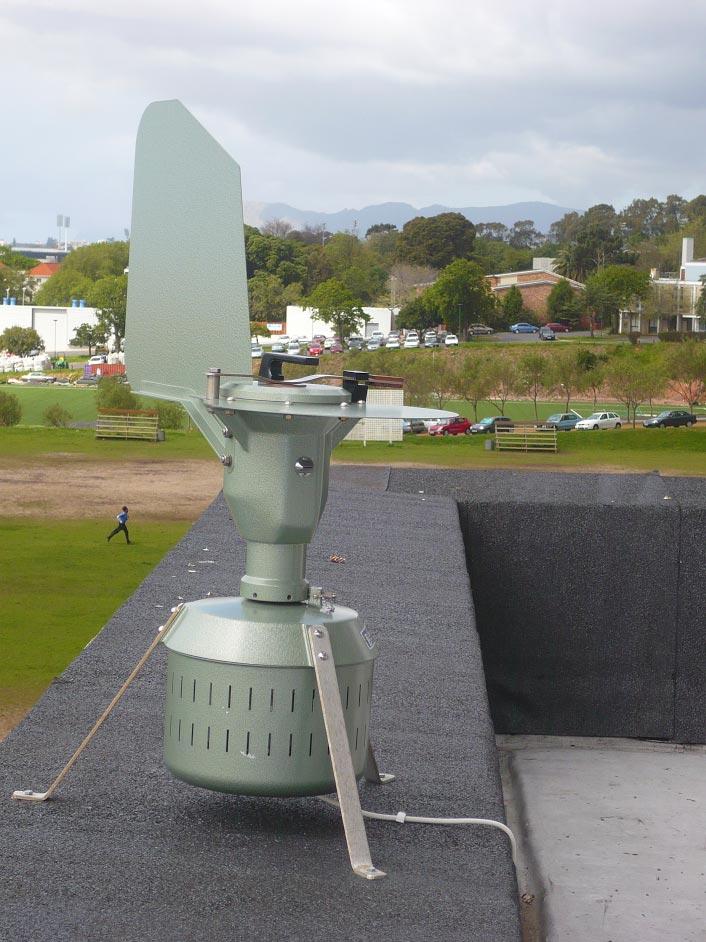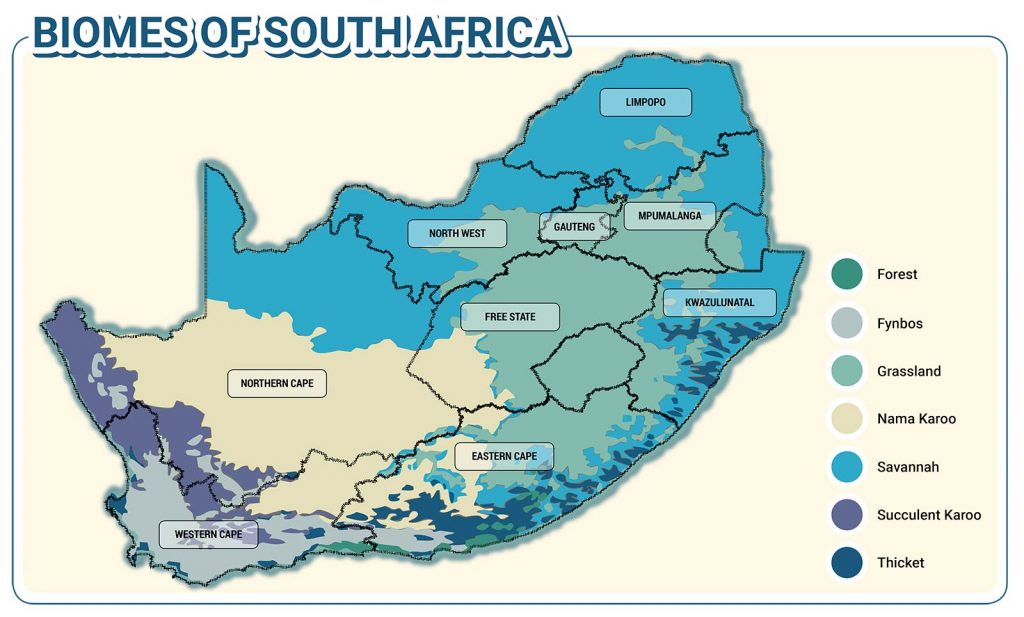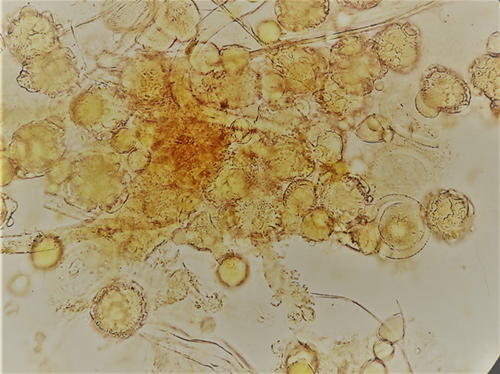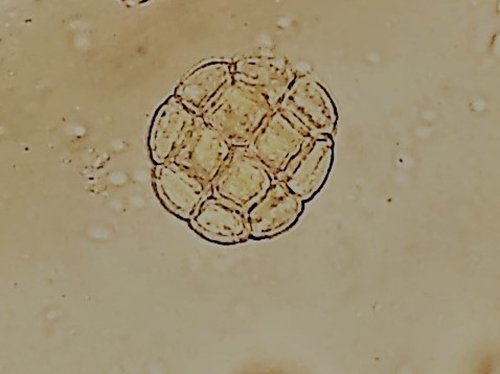
1. How pollen and mould are measured from the atmosphere
It is not yet possible to automate pollen monitoring.
A special instrument, called a spore trap is placed on a high flat rooftop. The spore trap is about 1 metre by 1 metre in size and has a vane that constantly catches the wind so that the opening faces into the wind and catches the maximum number of particles.
The drum is moved 2mm/minute past the opening and completes one revolution in 7 days.
The spore trap has a pump that sucks air through an opening in the body of the trap and the air flows over a sticky strip that is wound around a drum.
Once a week, the strip is removed, cut into 7 sections each representing one day, mounted onto slides and examined by using a light microscope.
A calculation that includes the volume of air and area examined or read, converts the number of pollen grains and mould spores counted on the strip into the number of pollen grains per cubic metre of air per 24 hours.
2. Biomes of SA
Biomes are distinct biological communities that have formed in response to a shared physical climate. The map depicted shows the major biomes of South Africa, and are indicative of the distribution of predominant vegetation types as a function of mean annual temperature and precipitation.

3. Fossil pollen
Palynology, a division of botanical science concerned with the study of pollen and spores, uses sediment coring (from wetlands and peat deposits) and radio carbon dating methods to extract and date living and fossilised pollen out of the ground. It is employed as a technique to uncover past vegetation communities existent in an environment thousands of years ago. Each vegetation type has unique pollen morphology, and this acts as a ‘finger print’ in identification of vegetation community composition through specialised pollen diagrams that are created for specific environments. Knowing the vegetation make-up of a landscape allows us to make inferences about the climate at a particular time and how that vegetation responded to climatic variation, as vegetation is used as a climatic indicator in environmental science. Therefore, by understanding how vegetation communities have changed in the past due to climatic change, scientists can make reasonable and logical extrapolations about how they expect the environment to change based on anticipated future climate changes – that is to say, the past is the key to understanding the future. Palynology has consequently become a vital branch of science in the ongoing climate change debate.
As plants thrive and flower according to the climate and weather in their environment, tracking weather records such as temperature, rainfall, humidity and wind soundings may make it possible to anticipate the seasonal changes or even the disappearance of some plants. This may have an impact on the plants that trigger allergies.
For further information visit the African Environmental Change Lab’s website.
4. Forensic palynology
Criminal cases
Palynologists may be asked to identify pollen in criminal cases where soil is involved or pollen has been found on a victim or suspect’s clothing.
A murder case in Knysna took samples and showed that the victim had been moved. The clothing of a suspect in a burglary in England contained pollen from an unusual flowering plant close to the door he had broken into when he entered the house. Pollen from Egyptian tombs has pinpointed the season that the bodies were interred.
5. Melissopalynology (Pollen in honey)
The study of pollen in honey is known as Melissopalynology. Honey may be adulterated and there are several methods that show that honey is not pure. One of the methods is to analyse raw honey samples. These unfiltered samples should contain many pollen grains which can be seen with a light microscope when honey samples are analysed. This may be seen in the photomicrographs below.









